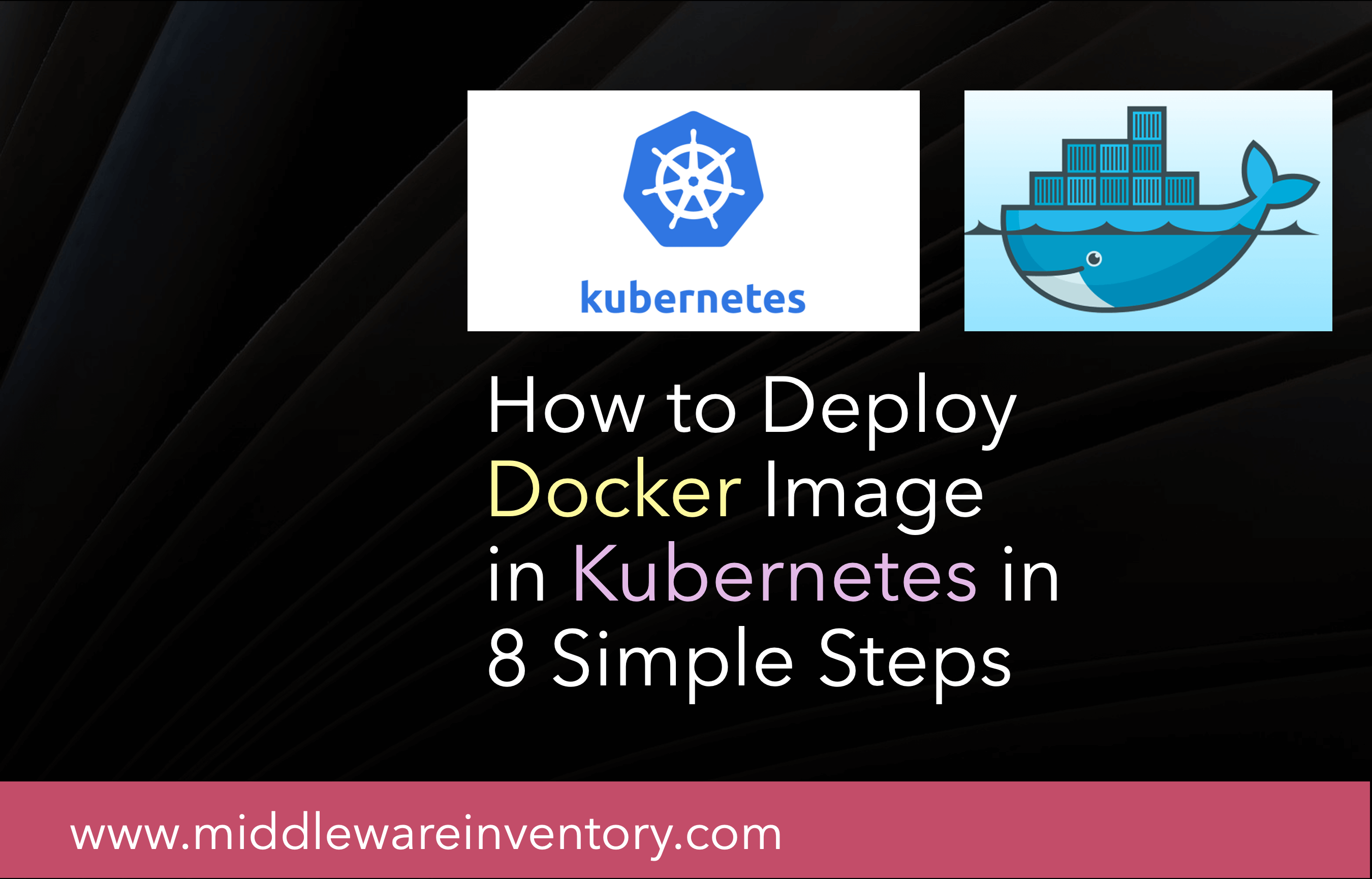Container Exec Die Kubernetes In Docker
Sep 26, 2018 And execute a command inside the container: docker exec -it soaring-portal /bin/bash. Through kubectl and with Kubernetes we can achieve and do the same things — in a slightly different manner and against a potentially vastly different and more powerful container runtime. If you have 10 Pods and the Pod takes 2 seconds to be ready and 20 to shut down this is what happens: The first Pod is created, and a previous Pod is terminated. The new Pod takes 2 seconds to be ready after that Kubernetes creates a new one. In the meantime, the Pod being terminated stays terminating for 20 seconds.

Estimated reading time: 6 minutes

Prerequisites
- Download and install Docker Desktop as described in Orientation and setup.
- Work through containerizing an application in Part 2.
- Make sure that Kubernetes is enabled on your Docker Desktop:
- Mac: Click the Docker icon in your menu bar, navigate to Preferences and make sure there’s a green light beside ‘Kubernetes’.
- Windows: Click the Docker icon in the system tray and navigate to Settings and make sure there’s a green light beside ‘Kubernetes’.
If Kubernetes isn’t running, follow the instructions in Orchestration of this tutorial to finish setting it up.
Introduction
Now that we’ve demonstrated that the individual components of our application run as stand-alone containers, it’s time to arrange for them to be managed by an orchestrator like Kubernetes. Kubernetes provides many tools for scaling, networking, securing and maintaining your containerized applications, above and beyond the abilities of containers themselves.
In order to validate that our containerized application works well on Kubernetes, we’ll use Docker Desktop’s built in Kubernetes environment right on our development machine to deploy our application, before handing it off to run on a full Kubernetes cluster in production. The Kubernetes environment created by Docker Desktop is fully featured, meaning it has all the Kubernetes features your app will enjoy on a real cluster, accessible from the convenience of your development machine.
Describing apps using Kubernetes YAML
All containers in Kubernetes are scheduled as pods, which are groups of co-located containers that share some resources. Furthermore, in a realistic application we almost never create individual pods; instead, most of our workloads are scheduled as deployments, which are scalable groups of pods maintained automatically by Kubernetes. Lastly, all Kubernetes objects can and should be described in manifests called Kubernetes YAML files. These YAML files describe all the components and configurations of your Kubernetes app, and can be used to easily create and destroy your app in any Kubernetes environment.
You already wrote a very basic Kubernetes YAML file in the Orchestration overview part of this tutorial. Now, let’s write a slightly more sophisticated YAML file to run and manage our bulletin board. Place the following in a file called
bb.yaml:In this Kubernetes YAML file, we have two objects, separated by the
---:- A
Deployment, describing a scalable group of identical pods. In this case, you’ll get just onereplica, or copy of your pod, and that pod (which is described under thetemplate:key) has just one container in it, based off of yourbulletinboard:1.0image from the previous step in this tutorial. - A
NodePortservice, which will route traffic from port 30001 on your host to port 8080 inside the pods it routes to, allowing you to reach your bulletin board from the network.
Also, notice that while Kubernetes YAML can appear long and complicated at first, it almost always follows the same pattern:
- The
apiVersion, which indicates the Kubernetes API that parses this object - The
kindindicating what sort of object this is - Some
metadataapplying things like names to your objects - The
specspecifying all the parameters and configurations of your object.
- A
Deploy and check your application
In a terminal, navigate to where you created
bb.yamland deploy your application to Kubernetes:you should see output that looks like the following, indicating your Kubernetes objects were created successfully:
Make sure everything worked by listing your deployments:
if all is well, your deployment should be listed as follows:
This indicates all one of the pods you asked for in your YAML are up and running. Do the same check for your services:
In addition to the default
kubernetesservice, we see ourbb-entrypointservice, accepting traffic on port 30001/TCP.Open a browser and visit your bulletin board at
localhost:30001; you should see your bulletin board, the same as when we ran it as a stand-alone container in Part 2 of the Quickstart tutorial.Once satisfied, tear down your application:
Conclusion
At this point, we have successfully used Docker Desktop to deploy our application to a fully-featured Kubernetes environment on our development machine. We haven’t done much with Kubernetes yet, but the door is now open; you can begin adding other components to your app and taking advantage of all the features and power of Kubernetes, right on your own machine.
In addition to deploying to Kubernetes, we have also described our application as a Kubernetes YAML file. This simple text file contains everything we need to create our application in a running state. We can check it into version control and share it with our colleagues, allowing us to distribute our applications to other clusters (like the testing and production clusters that probably come after our development environments) easily.

Kubernetes references
Container Exec Die Kubernetes In Docker Tutorial

Further documentation for all new Kubernetes objects used in this article are available here: